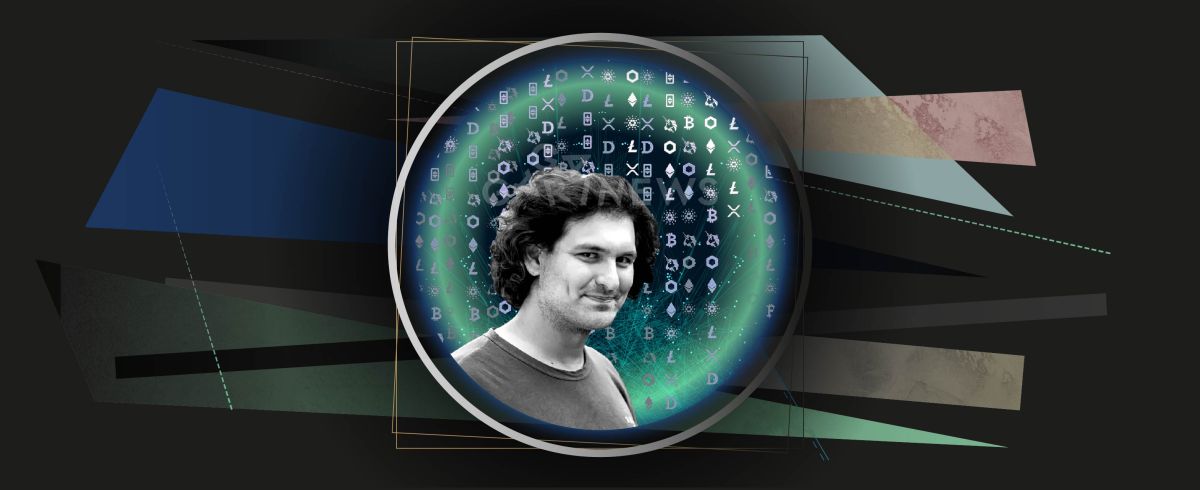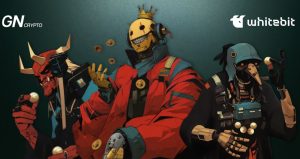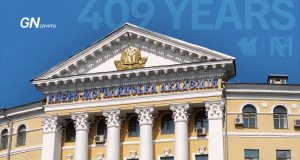Sam Bankman-Fried and his 40 theses for crypto non-speculators

You may have missed Sam Bankman-Fried’s impressive thread of 40 concise and snappy tweets with the general slogan, “So, let’s go build!” But we’ve backed you up.
On this page
Today, it’s hard to name a more influential and charismatic figure in the crypto world than Bankman-Fried. He is the one behind Alameda and FTX, and he has been called the “new Rockefeller” for offering financial help to some of the big “sinking ships” affected by the bear market and a series of bankruptcies.
Now Sam is willing to introduce us to his signature unconventional vision concerning several areas in which cryptocurrencies and blockchain can lead to very promising use cases. He named three of these areas as the main ones:
- Payments
- Market structure
- Social media.
Sam also mentioned that this is not a complete list, and the following candidates for his ideas might be DeFi and gaming.
So, first things first.
Payments
Whether we’re talking about domestic or international payments, you will definitely face “bad things” in this sphere. For example, when you buy a loaf of bread and a banana in a store, you have to pay the cashier standing one meter away from you. A few years ago, even this procedure involved paper money, coins, change, and other such things.
Today, payments are made with a single swipe of a credit card.
It is convenient, but it costs you a fee of 1% of the payment because your bank and the processing made that payment happen.
Things are even worse with transfers. People lose up to 10% on currency transfers to relatives in other countries. It can take a week. And sometimes, funds may not reach the addressee at all. A person must find and visit a Western Union office in poor countries.
And what happens when big companies need to make transatlantic transfers of $100 million? Within a week, 3 different banks transfer money to each other, with the risk that something will go wrong somewhere. And you will have to pay a fee for that again.
And what about the overdraft nightmare for ordinary working people? Their paychecks will only be credited to their debit account on the fourth day. During that time, their credit card will combine several weeks’ payments and deduct the fee. And the lessor will cash the check written 20 days ago.
That way, all your charges are still being processed, and all your deductions have already happened.
Moral from Sam
Making payments is not easy today. And blockchain eliminates all that complexity: transferring digital tokens between two wallets takes about 10 minutes and can cost $0.0002. No uncertainty, no surprises, no obstacles, and no mediators.
Market Structure
At this point, Sam criticizes a system in which private investors cannot buy stocks directly from the exchange. They have to interact with brokers. Then, from the brokerage account, their order is routed to a “kickback” firm like Citadel or Virtu. That firm will bid on the NASDAQ or NYSE through another automated link.
Thus, it takes 11 different organizations to make 10 payments to each other over several days for your friend to buy one share of AAPL. And at each step, something can go wrong again.
And what happens in the case of periodic market collapses? There are tens or hundreds of billions of dollars worth of orders left unprocessed, and the delays result in considerable losses in a volatile market.
If we were dealing with tokenized stocks, all we would have to do is exchange AAPL token for USD token deployed in a convenient blockchain. Which, as you may recall, takes about 10 seconds and costs about $0.0002. Without any barriers, risks, or complexities.
“So blockchain can create simpler, more equitable, and less risky market structure and settlement.”
Social media
Sam raises such a problem of modern social platforms as isolation and incompatibility. If you tweet something right now, and your friend is on Facebook, s/he will not see your message. The modern person must have 10 accounts on 10 different apps, and their messages and dialogues will be disparate.
The largest sites are monopolized and have gigantic network effects, preventing competitors from appearing. Add to this censorship with biased rules, and we get an anti-model.
How would this work, for example, with “Blockchain-Twitter” (BT):
- You enter a message in the BT interface
- BT publishes the message on the blockchain
- Your friend logs into his/her blockchain Facebook (BF)
- BF reads your message and displays it
By using open blockchain, we make different networks compatible. You and your friends can use other platforms but communicate freely. New social networks can freely read/write messages from/in the blockchain while inheriting, in addition, the network effect, which facilitates actual competition.
If you take a step back and ask yourself: “How many of these areas has crypto revolutionized so far?”Sam will answer, “Any of them.”
What is needed for such a revolution?
Technology. Currently, the fastest networks can handle from 5,000 to 50,000 TPS. Sam thinks it needs to be scaled to 1 million TPS, which could take 3-7 years.
Regulation. “There needs to be regulatory clarity in order to get mass adoption, and the major platforms have to become licensed. I’m really impressed by the progress the US has made in the last year!”
Great products. “Builders have to focus on building great products, not on monetization as the core product.”
Network effects. “Many of these use cases don’t work unless two people both use crypto: buyer/seller; sender/receiver; tweeter/reader.” It means we have to get to a cryptocurrency acceptance rate of around 30%.
Let’s build this future!
The content on The Coinomist is for informational purposes only and should not be interpreted as financial advice. While we strive to provide accurate and up-to-date information, we do not guarantee the accuracy, completeness, or reliability of any content. Neither we accept liability for any errors or omissions in the information provided or for any financial losses incurred as a result of relying on this information. Actions based on this content are at your own risk. Always do your own research and consult a professional. See our Terms, Privacy Policy, and Disclaimers for more details.

























